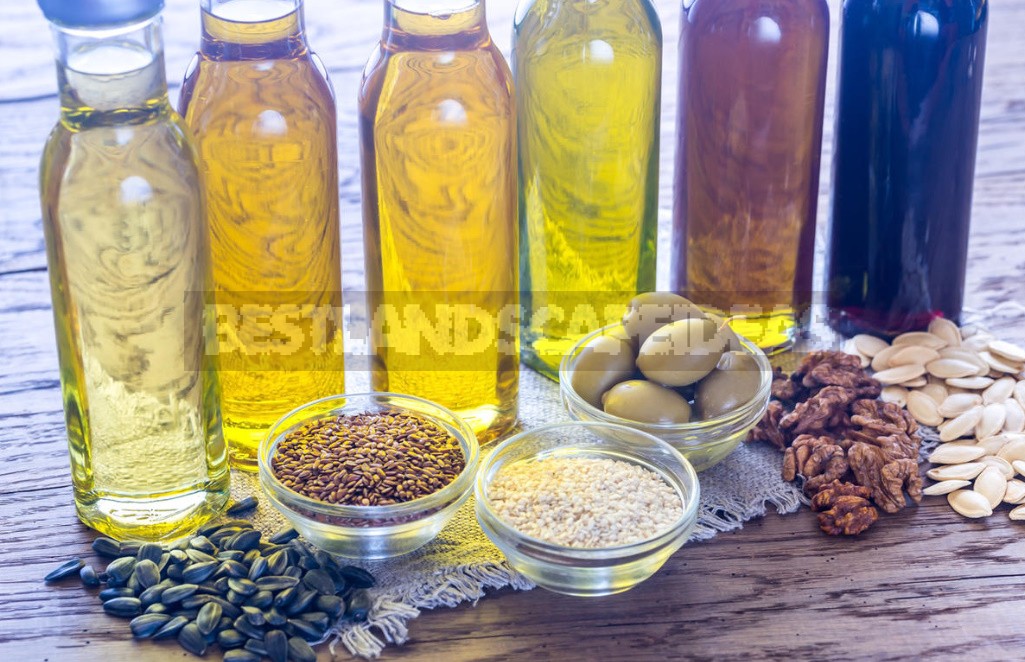
Recently, I faced the question of choosing oil for cooking in the kitchen. Just did not think about this question before, naively believing that sunflower oil is the best and healthy fat for frying and cooking in General. Fortunately, today there is a lot of information, and if you want you can learn a lot of interesting things about what we eat every day.
And since this whole topic is abruptly tied to chemistry, and I graduated from school, like most Housewives, a long time ago, and chemistry is not particularly loved, then I will present the topic of choosing oils as I understood it-simply, schematically and even primitive, so that it was clear to all who naively trust the food industry. And if among readers there are chemists or food technologists-let me correct in case of need.
The chemical composition of the oils
So, fats. They are saturated and unsaturated. Saturated-these are those that are “sated”: their chemical bonds are stable, when heated or in the light, these fats do not combine with other substances, especially with oxygen, that is, they do not oxidize and do not form harmful carcinogenic compounds.
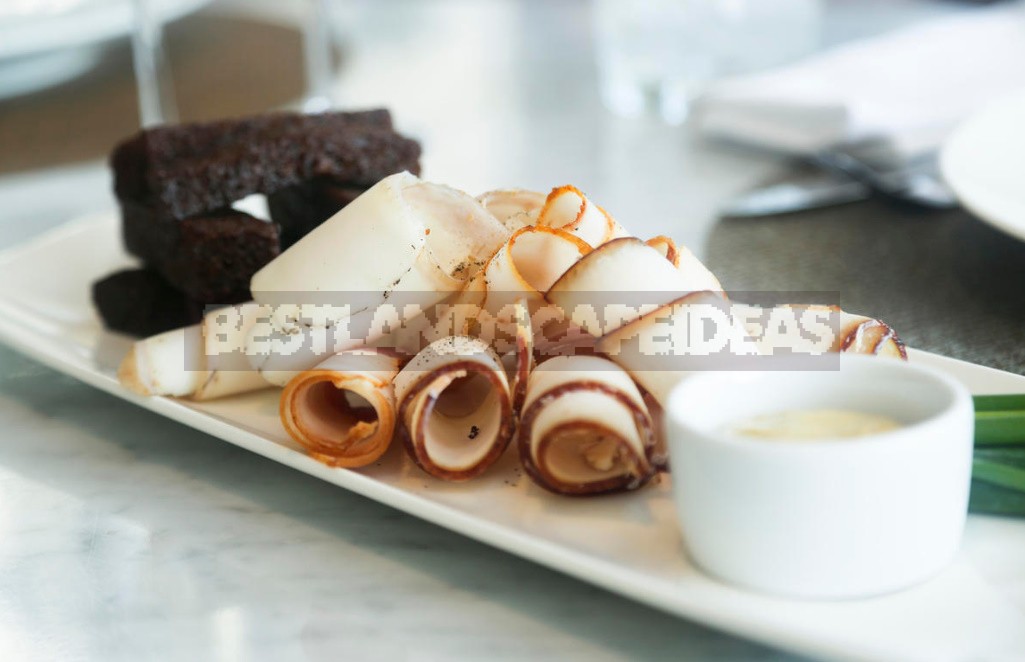
Saturated fats are mainly animal fats, some vegetable oils, well, in small quantities they are present in seed oils. They remain solid at room temperature and are very convenient for cooking at high temperatures. Although they have recently been accused of high levels of bad cholesterol, but it seems that this idea has already been refuted by nutritionists.
Another thing-unsaturated fats. These eternally “hungry” substances have open chemical bonds and a very “open” character: they are ready to “make friends” with other substances (and primarily with oxygen) at the slightest occasion: just standing in the light or when heated to very low temperatures.
Moreover, unsaturated fats are monounsaturated (with one free “hand”, which they grab everything they can) and polyunsaturated – these have many “hands”, with which they connect with other substances very actively.
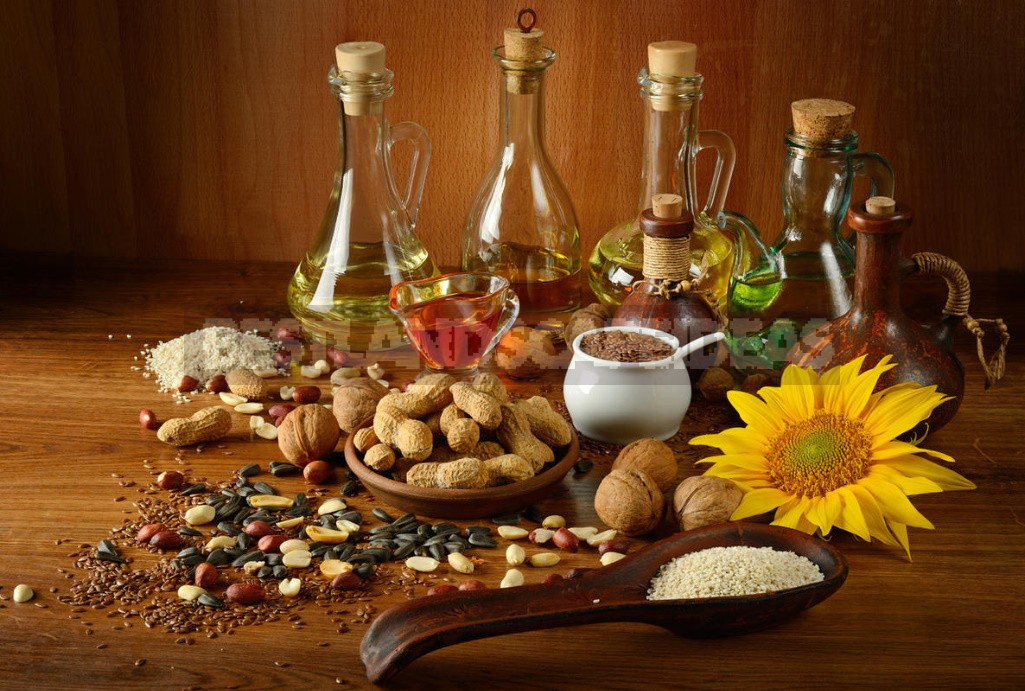
In the number of unsaturated fats fall almost all vegetable oils, the only difference is how much they contain monounsaturated fatty acids and polyunsaturated fatty acids
Oils with a predominance of monounsaturated fatty acids are usually liquid at room temperature, but harden when they enter the refrigerator. Monounsaturated fatty acids are found in predominant amounts in nut and some seed oils, and although they are not as stable when heated as saturated fats, they can withstand cooking at low temperatures without significant oxidation.
The oils in which polyunsaturated fatty acids predominate are mainly seed oils, but they are also found in large quantities in fish oil and to a very small extent in animal fats. These oils remain liquid when placed in the refrigerator and are unstable when heated, making them very susceptible to oxidation when cooking.
About production methods
It should also be borne in mind that all of the above applies to the “ideal” oils – that is, oils in their pure chemical form, which in nature is almost not found. And there are oils in nature that are made at the nearest oil processing plant, which are pressed and strained not through a strainer, but through filters, which are chemical salts and acids (or, frankly, poisons).
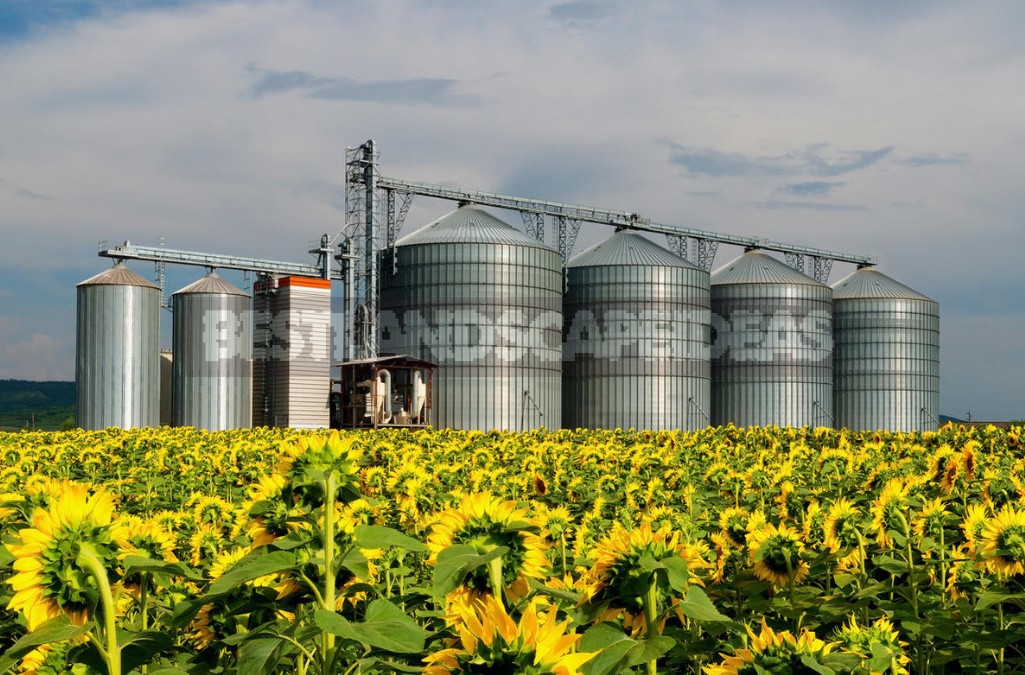
Refined oil
I’m not exaggerating – here, for example, a list of substances that are used in the production of refined vegetable oil by extraction method:
- hexane is an analogue of gasoline, an organic solvent (Hexane is an undesirable component of synthetic gasoline. Hexane vapors have a strong narcotic effect);
- alkaline solution;
- water vapour;
- Diatomaceous earth is a sorbent for bleaching oil.
The seeds are not pressed to squeeze out the oil, but dissolved with hexane to separate the oil from the meal. Then the mixture of hexane and oil is filtered with alkali and sorbent. These substances are designed from the original smelling, yellow vegetable oil to make a transparent, odorless substance. That is, vegetable oil, which by its nature is very reactive, is purified from some poisons with the help of others. And with all the efforts of the manufacturer, it is not POSSIBLE TO completely CLEAN the OIL from the REAGENTS. It is Packed in plastic bottles, with which it also reacts, and sent to warehouses.
At the same time, as a result of all these chemical “mockeries” over the initial product, there are practically no vitamins, carotene, or other nutrients left in it. But part of molecules (and very a significant part of!) as a result of all chemical processes is converted into TRANS fats. Their refined oil – according to various sources-from 1 to 25%! Moreover, TRANS fats are present initially in the finished factory product “refined sunflower oil”, and during frying (with strong heating) their number still increases.
The question arises: why all this? Why should the manufacturer to modify the oil, arranging them unfit for consumption the product?
It’s simple: refined oil almost does not deteriorate, it can stand for years in warehouses, waiting for us. When we get there, we’ll buy it and start cooking: opening it up, giving oxygen access, heating it up, allowing it to combine with other substances. And then we will eat these oils, which for such a long life path become already not quite oils, but some other chemical compounds.
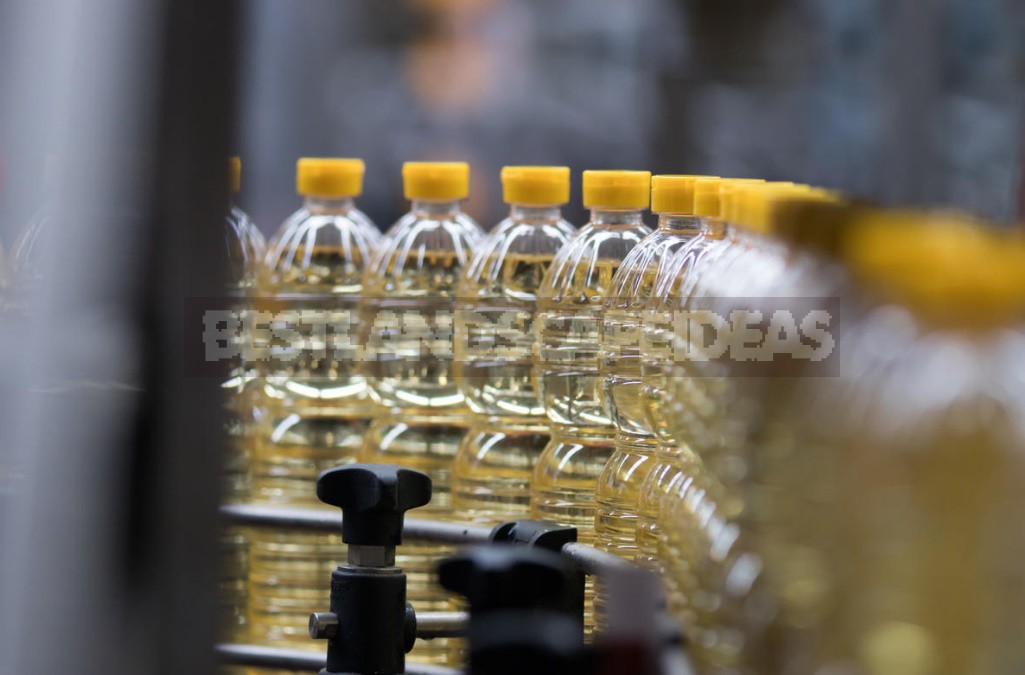
Hot pressed oil
There are also more gentle variants of oil production, for example, hot pressing. Seeds are fried (heated), while they secrete oil. Then, under pressure, the oil is squeezed from the seeds, then filtered and hydrogenated. This oil has a darker color and a pronounced smell. It does not foam when frying and is stored longer. Truth and under this way part of vitamins and useful substances in oil is destroyed, but oil hot pressing although would not saturated chemicals.
Cold pressed oil
Well, the easiest, the original method of obtaining oil – cold pressing. This oil retains all the nutrients, vitamins and trace elements of the seeds. However, it is stored for a very short time, because of what this method is almost not used in large industries, except in some small farms.
About heating
Why do we buy vegetable oils? First of all, to fry, well, and add to some dishes raw. So, not every oil can be fried-most vegetable oils can not be heated above 100°C. Because at a higher temperature, they form carcinogens.
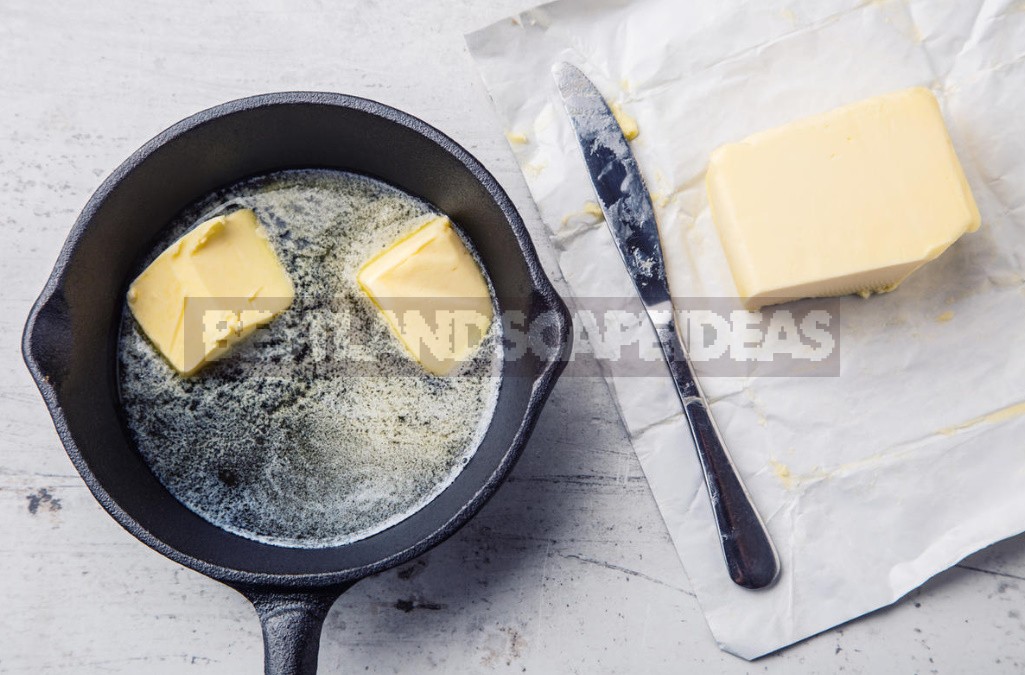
Remember at the beginning of the article I said that polyunsaturated fatty acids react very easily with oxygen and other substances when heated and in light? So, the more polyunsaturated fatty acids in the oil, the less it is suitable for frying.


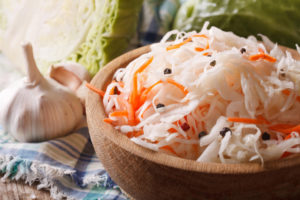
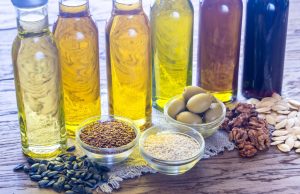
Leave a Reply